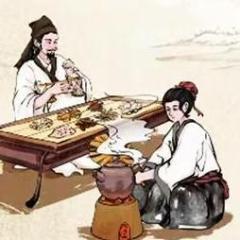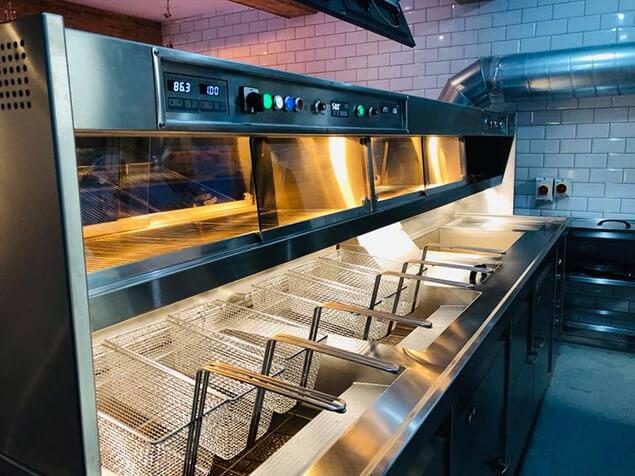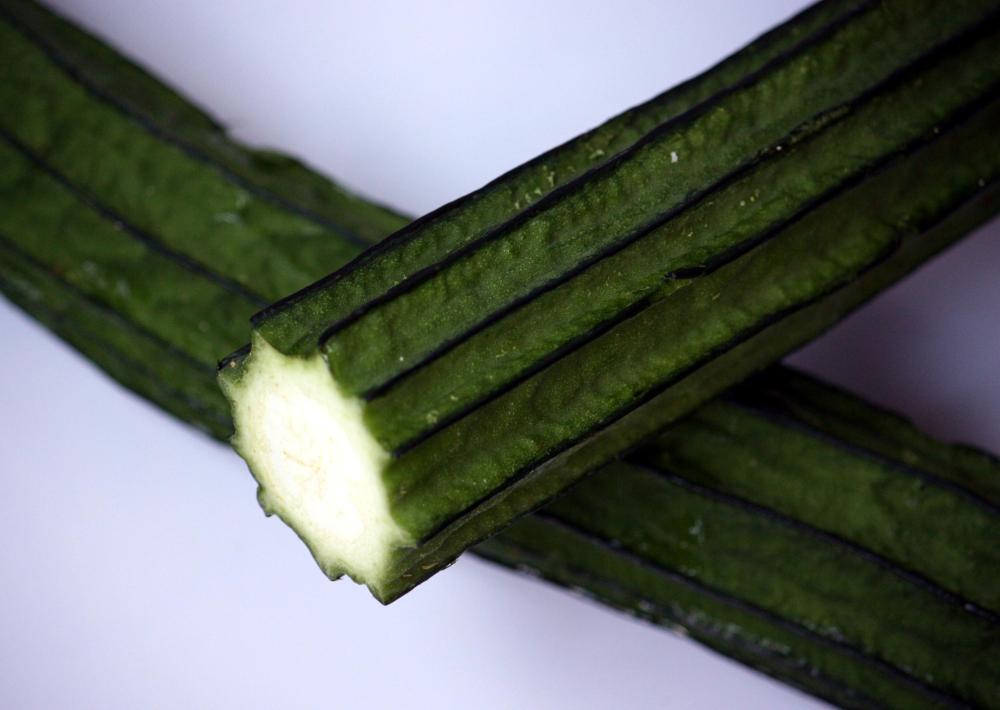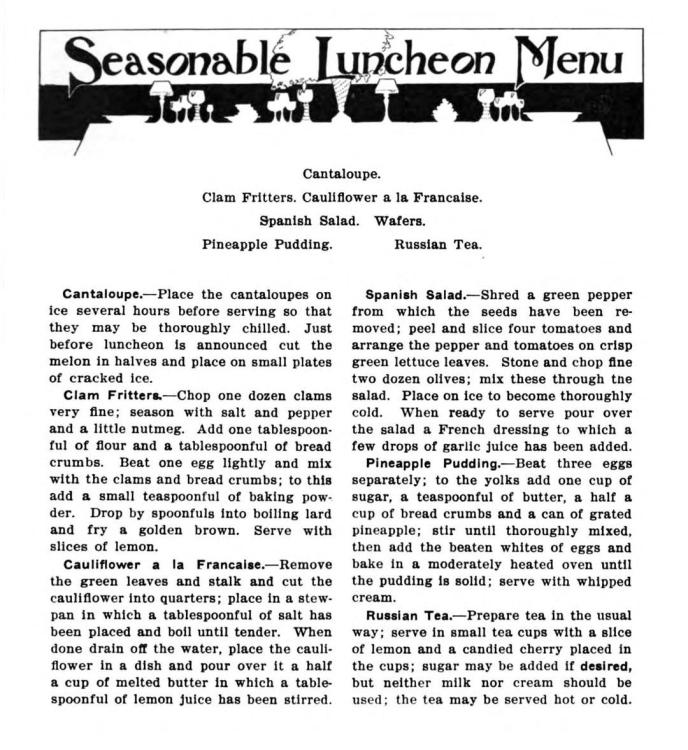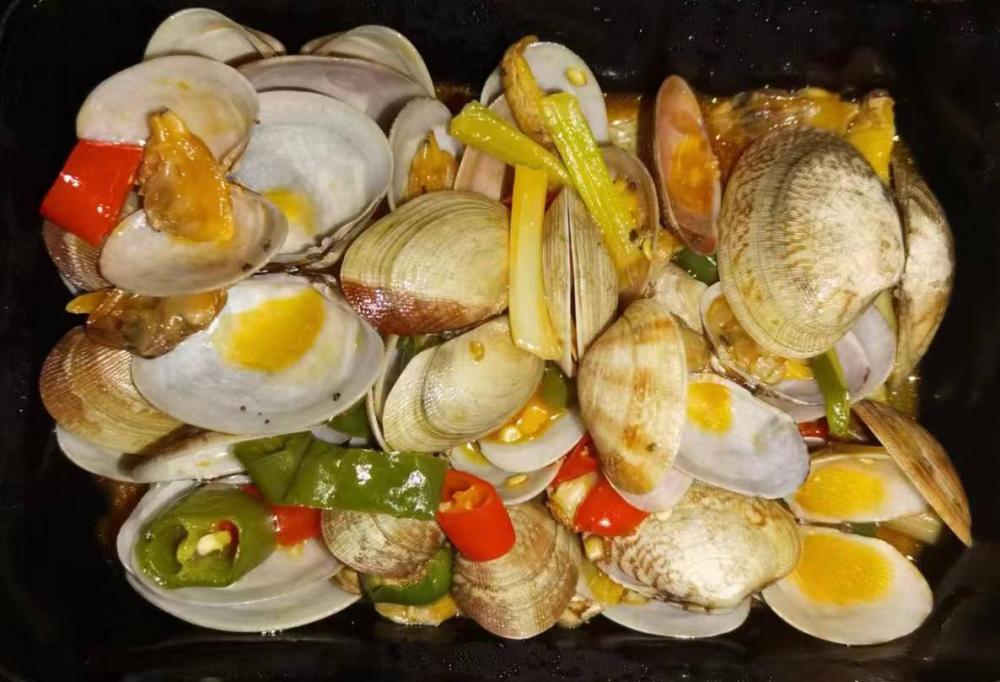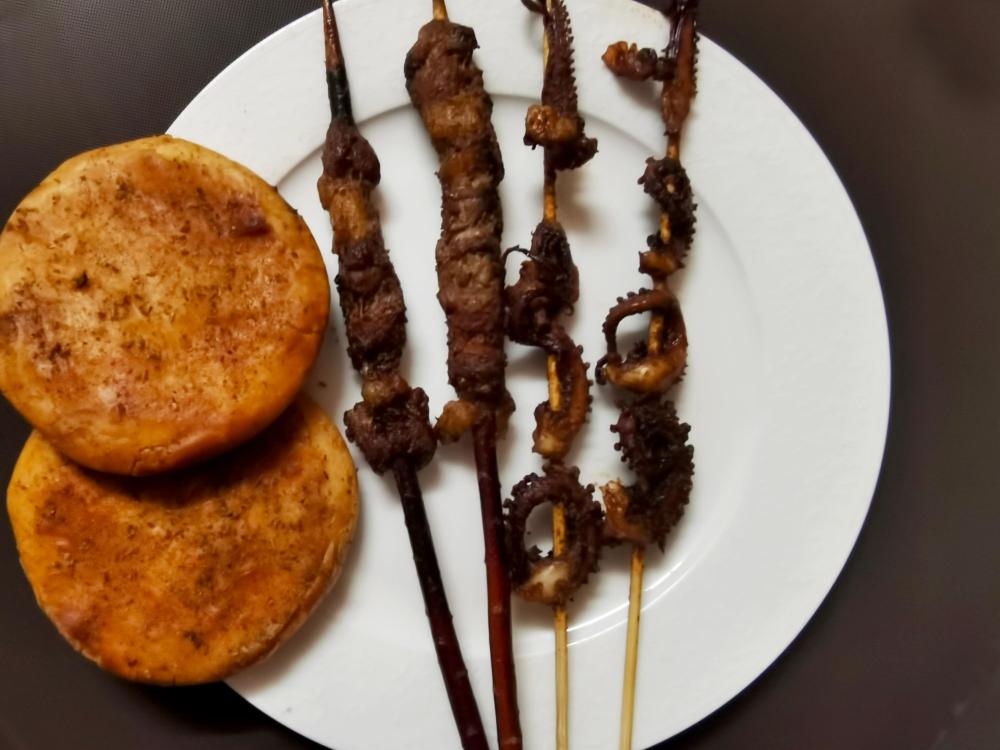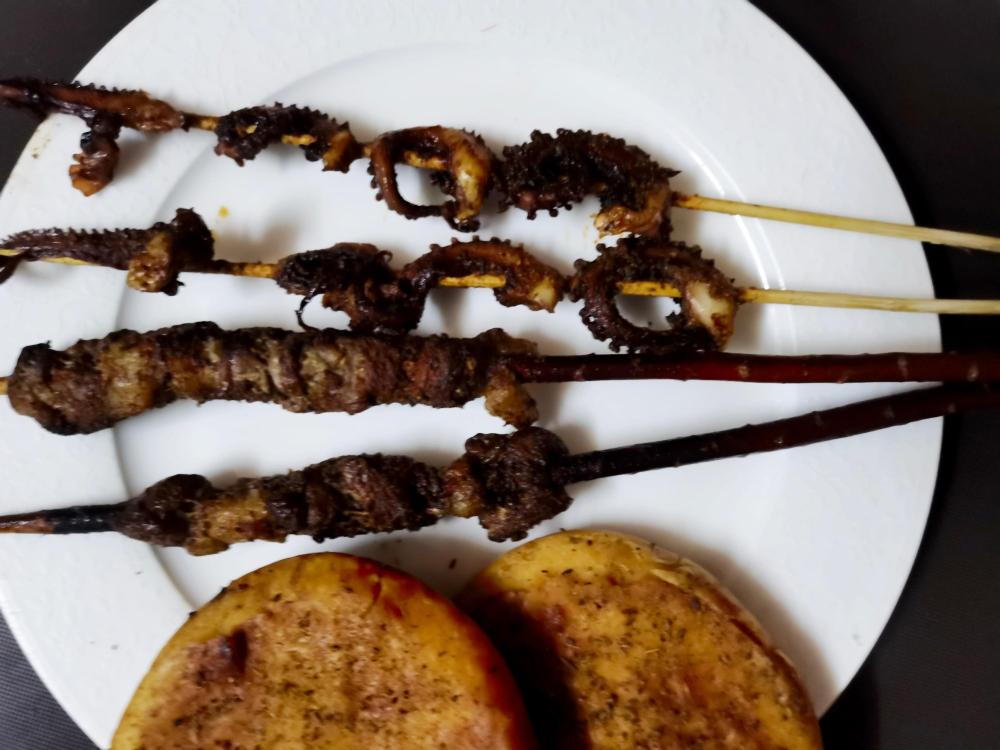-
Posts
16,675 -
Joined
-
Last visited
Content Type
Profiles
Forums
Store
Help Articles
Everything posted by liuzhou
-
Smithfield Market in London has been the main meat market for over 800 years, but is closing down its ancient site and moving to the far away suburbs in east London. The poultry section will be gone by the end of the month and the rest will relocate over the next five years. This has been predictable for a long time. London's fruit and vegetable market in Covent Garden (as seen in the movie My Fair Lady) relocated in 1974 when it became impractible to have hudrends of trucks arriving in the centre of London in the middle of the night through the narrow streets. It is now a major tourist site and legally protected against further development. The meat will become a new site for The Museum of London. Story with pictures here from the Guardian
-
- 2
-

-
I only partly agree. Chippies have undeniably been dying at an unprecedented rate, as have pubs. The Matlock sample is, as you said, a mini version. Sure people might buy it (often visitors - both places you mention are tourist destinations) but the time when Friday night was fish and chips night for many ordinary families all over Britain is all but over. I have family in the trade. They aren't "doom and gloom" media; they see it dying. I'm sure there was a time when the idea that you would struggle to find a pie and mash / jellied eel shop in London would have sounded ridiculous and impossible, but only a handful remain. Same with many other once ubiquitous choices.
-
Definitely. Nothing British about it.
-
It is apparently available in the US
-
What difference would that make? And what kind of induction hob would be able hold several gallons of oil / fat? As I already said, fish and chip shops don't use hobs and pans. You can't cook hundreds of fish and thousands of chips at the same time that way. Not quick enough. These places get very busy (or used to).
-
-
I wouldn't go so far as to say common, but certainly not unknown. Ginger and garlic are in almost everything, but hot pots and slow cooked dishes such as ribs frequenty also include bay leaves. Not stir fries though. Bay leaves are noted for being used in many Sichuan dishes. The Chinese for bay leaf is 香叶 (xiāng yè) which literally translates as 'savoury leaf'. And they are real bay leaves from the bay laurel plant, unlike many elsewhere.
-
Shiitake ribs. With garlic, ginger, bay leaf, soy sauce. Served rice and stir-fried sweet potato shoots.
-
Recently, there has been a fashion here for large oysters, with vendors battling to find the most humungous. I'm waiting to see which one loses! I agree; smaller ones are usually better.
-
Well, that's incorrect. Beans and other pulses contain the lectin, phytohaemagglutinin which is toxic in high amounts unless destroyed by boiling the beans for 10 minutes at 212℉ / 100℃. Thereafter they are safe even if undercooked. Red kidney beans have the highest concentration of phytohaemagglutinin so it's best to be more than usually careful with them. https://www.foodnetwork.com/healthyeats/healthy-tips/are-red-kidney-beans-toxic Undercooked beans are unpleasant, I agree, but not poisonous if prepared correctly.
-
Yeah, I know, but i take this more personally. Although I wasn't technically born in the East Neuk, it is only seven miles away from my birthplace and was my growing-up playground. I know and have eaten in most of the chippies mentioned. I was last there in 2019 and ate in the Anstruther* Fish Bar as I have done many times - long before British and Hollywood royalty dropped by. It's always sad to see traditions suffer, but when you have a strong connection, the wounds are deeper. * Anstruther is pronounced Ainster locally. Also the Fish Bar is still operating - but for how much longer?
-
Tonight’s dinner is a simple one, but its name isn’t. And you may have one of its prime ingredients, but not in the kitchen. Instead you may find it in your bathroom. That ingredient is known in English as luffa, loofah, angled luffa, Chinese okra, dish cloth gourd, ridged gourd, sponge gourd, towel gourd, vegetable gourd, strainer vine, ribbed loofah, silky gourd, ridged gourd, or silk gourd. In Latin terms it is Luffa acutangula or Luffa aegyptiaca, two closely related species. In Mandarin Chinese, it is 丝瓜 (sī guā); in Cantonese si1 gwaa1). It is a vine gourd and is related to the cucumber. The name loofah, however you spell it, is taken from the Egyptian-Arabic name لوف (lūf). Loofah is the thing you may use in the shower as a sponge or exfoliant but these are the dried husks of mature specimens. When they are young, they are a popular vegetable in China, Japan, India, Nepal, Bhutan, Bangladesh and in Vietnam where it is known as mướp hương. In Japan, it is へちま (hechima). They are mild flavoured and used in soups or stir-fried with pork as in my dinner, 丝瓜炒肉片 (sī guā chǎo ròu piàn), stir fried loofah with sliced pork. It is not recommended that you eat it in the shower.
-
Soy, ginger (and garlic) are almost obligatory in all fish dishes here. Sesame oil is only ever used sparingly as a condiment on the finished dish; never during the cooking process.
-
The taste is mild and rather sweet. Sweeter than any cheese I've encountered in the west. In fact, in Tibet it is eaten like we might eat candies / sweets. Yet it remains recognisably cheese. Yes, there are a number of yak cheeses, one of which, tastes like Limburger. Yak milk is a staple in Tibet and is used for cheese, yoghurt and butter, which is used in yak butter tea. Yak meat is also important in the cuisine.
-
-
-
生汁花甲螺 (shēng zhī huā jiǎ luó) spicy oyster sauce clams with green and red chillies, garlic, ginger and yellow garlic chives. Served with rice. Those red chillies were 🌶🌶🌶🌶🌶.
-
You do realise this thread and the original question is 20 years old? Since 20 years ago, Chinese food in the UK has changed a lot, at least in the major conurbations. 20 years ago most so-called Chinese food was bad renditions of Cantonese food or British-Chinese or American-Chinese with dishes no one from China recognised. Today, there is much more. Regional Chinese food has arrived in a big way with Sichuan restaurants such as Bar Shu in London as pioneers. There are Xi'an restaurants, Dong Bei restaurants, Yunnan restaurants etc. This has also forced more general Chinese restaurants to up their game. Away from the major cities, they are still lagging behind but the same is true for all types of international food. Simple economics. However, the Chinese restaurant scene in the UK is in better shape now than it ever has been. I've been in China for 27 years now, but was surprised when I returned briefly in 2019, to see how much it had changed. Although, still not much representation of the cuisine from where I live in Guangxi, but maybe one day.
-
It's Inner Mongolian; not Mongolian. True, it is land-locked and most of its aquatic food is fresh water fish from the Yellow River which flows through the region, but it's not far from Beijing and the sea. There is a large fresh fish market in Hohhot, the capital. So mabe not so traditional to have octopus, but they certainly have them. I ate it at a wedding banquet in Inner Mongolia in 2001. Free to use image
-
China’s northern Inner Mongolian Autonomous Region (内蒙古 - nèi měng gǔ) takes up most of the border with the Republic of Mongolia as well as part of that with Russia. It is mostly grassland and barren mountains. When I moved to China, I flew London to Beijing. I woke up shortly before we reached Beijing and all I could see from the window was what looked like the surface of Mars. Uninhabited, red tinged mountains for miles. Unsurprisingly, the local food is very different from that down here in the tropics. Yet, Mongolian grub is popular throughout China. The region is known for being meat and dairy heavy. It is also one of the few parts of China which makes cheeses. But perhaps most famous are its hotpots and kebabs. Mutton is the main meat, unlike the rest of China which overwhelmingly prefers pork. So tonight I went there via my food ordering app. I have been there bodily in the past. I ordered two 红柳羊肉串 (hóng liǔ yáng ròu chuàn), red mutton skewers; two 深海大八爪鱼须串 (shēn hǎi dà bā zhuǎ yú xū chuàn), deep sea octopus skewers; and two 炭烤白皮镆 (tàn kǎo bái pí mò), charcoal toasted bread buns*. These are all cooked over charcoal and generously sprinkled with cumin and chili powder. I also toyed with the idea of ordering some 碳烤东北蝉蛹 (tàn kǎo dōng běi chán yǒng), charcoal roasted north-eastern cicada pupae, but decided I had enough as I also had some egg fried rice from lunch. Despite everything being seasoned / spiced identically, the inherent flavour of each shone through. * The are the same buns which, untoasted, I use for rou jia mo (qv).


